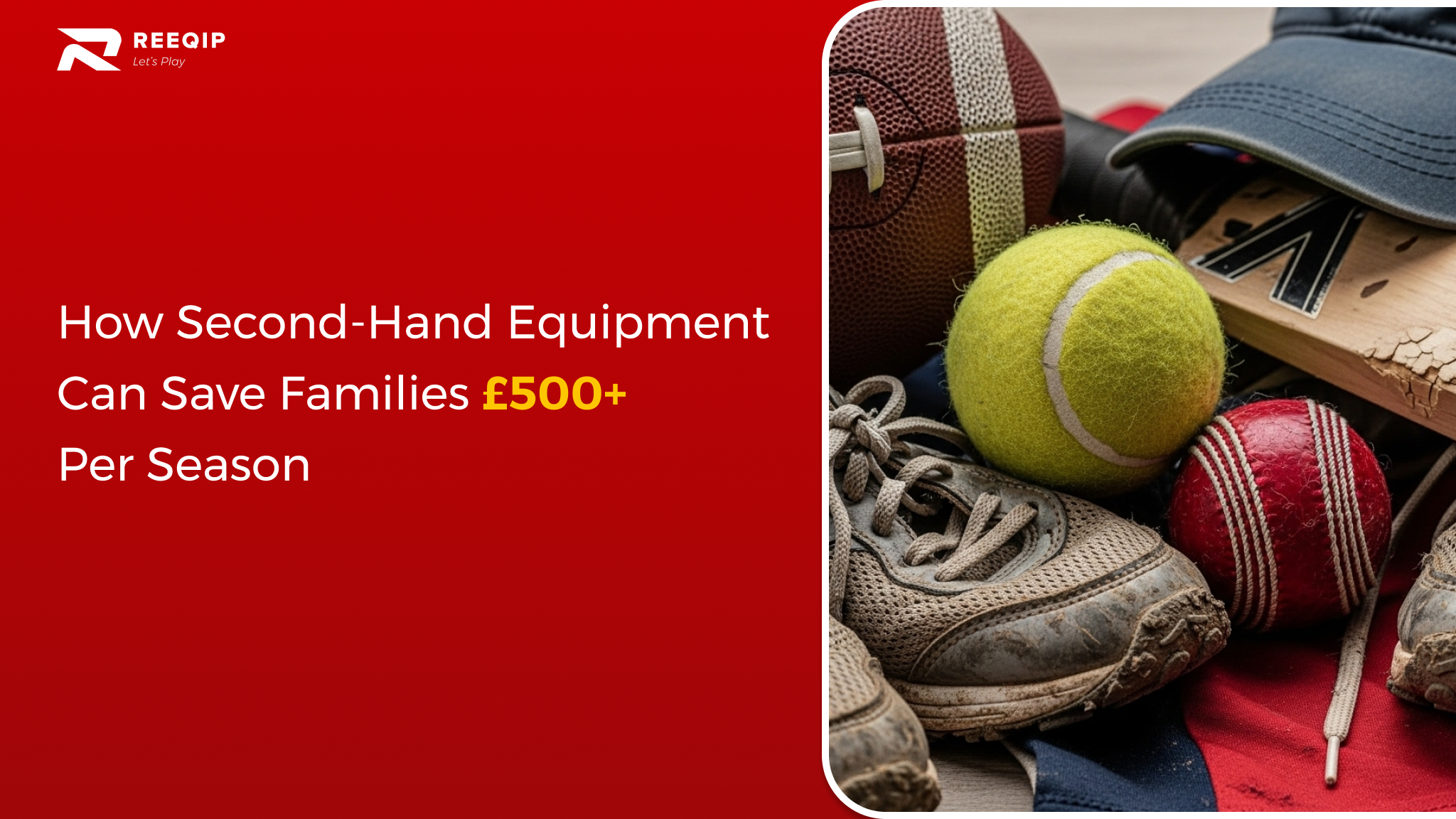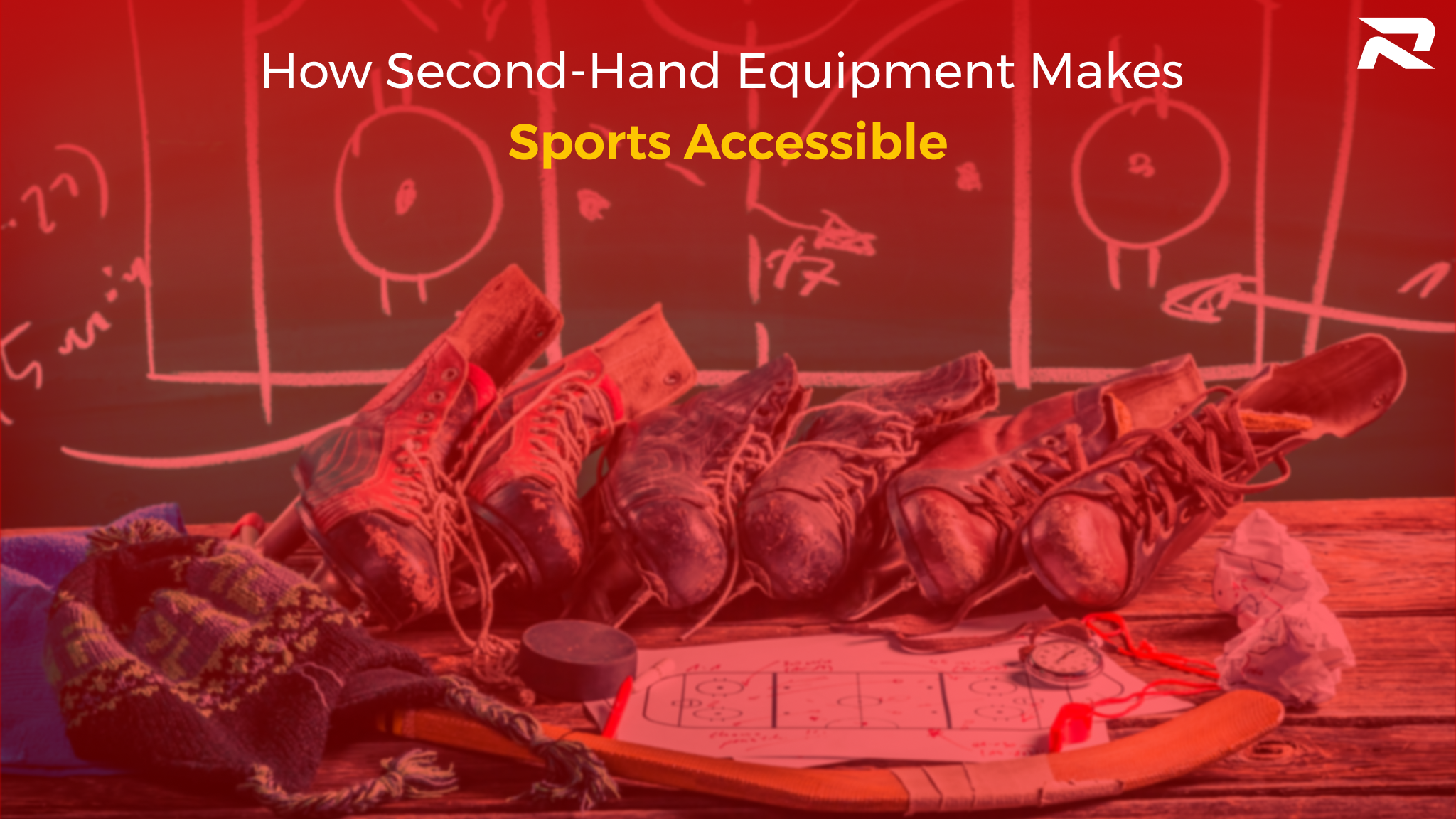The Hidden Cost of Playing the Sports Accessibility: Why 40% of UK Children Can’t Afford to Play
It’s well known that playing sport is more than just fun for children; it builds health, confidence, and community. Yet beneath the surface, a worrying reality is emerging in the UK:
Recent Sport England’s Active Lives surveys paint a stark picture of inequality. While overall activity levels are recovering post-pandemic, a deep chasm has opened up. Children from the least affluent families are significantly less likely to be active than their more affluent peers. The gap is not about desire it’s about access. It’s about the cold, hard calculus of family finances where a new pair of football boots must be weighed against the electricity bill.
The Cost Barrier: More Than Just an Expense
The ‘Cost of Living – Impact on Sport and Physical Activity’ report found that in the last year, 6-7% of children (approximately 770,000 kids) have had to cancel sports club memberships or completely drop out of activities their families can no longer afford. That’s nearly a million children for whom the door to the playing field has been closed. Think of a full Wembley Stadium. Now imagine it filled almost ten times over with children who are being shut out of sport. That’s the scale of the problem.
Why does sport cost money? It’s a combination of membership fees, transport to often non-local facilities, and the toll of specialist equipment. Take cricket, for example; as discussed by Scottish Squash experts, clubs often require membership subscriptions alongside additional gear costs. And with fuel prices doubling in some regions, transporting children to sessions is becoming prohibitively expensive. These factors compound: if families have to choose between essentials or sports, sadly, the latter is often sacrificed.
Why Second-Hand Equipment Matters
For too long, ‘pre-loved’ gear has been seen as a second-best option, a compromise. It’s time we reframed it for what it truly is: a smart, sustainable, and immediate solution to a critical problem.
While policy changes and increased funding are essential in the long term, second-hand equipment schemes offer an immediate, practical solution. Aside from lowering the cost barrier directly, they promote sustainability and community sharing. When a family can obtain a second-hand football kit, tennis racket, or running shoes, they can keep their kids active without facing hefty new equipment bills.
Reeqip champions this approach by creating accessible pathways for families who want to participate but find initial costs daunting. Every item reused is a lifeline extended, allowing children to keep playing the games they love. It’s about shifting perceptions, too: sports gear doesn’t need to be brand new to be valued or effective. Encouraging this mindset reduces waste, builds community connections, and makes the idea of sport more inclusive.
Lessons from Abroad
In Norway and Sweden, the concept of ‘friluftsliv’ or open-air life is enshrined in national culture. Municipalities heavily subsidise sports facilities and club memberships for young people, viewing it as a public health investment rather than a luxury. Local clubs often run highly organised, community-backed second-hand gear stalls, where quality-checked equipment is passed on for a nominal fee, or sometimes even for free. The stigma is removed; it’s simply the smart, sustainable thing to do.
In France, government vouchers and tax incentives for sports club enrolment for children are common. The system is designed to actively lower the financial barrier to entry. The result? Higher and more consistent participation rates across socio-economic groups.
These countries treat access to sport as vital public infrastructure, akin to libraries or schools. The UK, by contrast, often leaves it to the goodwill of overstretched local clubs and charities to bridge the gap. This patchwork approach is failing our children.
Beyond Equipment: Addressing the True Numbers Behind 40%
When people hear “40% participation drop” among disadvantaged children, it sounds like just another statistic. But each percentage represents real families grappling with impossible choices. The mother juggling bills and transport costs. The child missing out on weekend matches and the camaraderie sport brings.
Small changes better access to affordable equipment, community transport programs, and awareness campaigns—can gradually reduce that number. Tools like Reeqip’s platform empower families, schools, and clubs to work together toward solutions that matter. Awareness among policymakers and funders is growing, highlighting the importance of equitable access to sports.
Taking Action Today That Benefits Generations Tomorrow
Sport’s benefits stretch far beyond physical fitness. It fosters social inclusion, emotional well-being, and can reduce youth engagement in risky behaviours. As UK schools face budget cuts and fewer extracurricular options, community support and accessible gear grow ever more critical.
That Reeqip and others are shining a light on cost barriers and pragmatic solutions shows promise. But systemic change will require collaboration: between government, schools, clubs, nonprofits, and families. Together, they can ensure the next generation grows up with equal opportunities to play, learn, and thrive.
Conclusion
No child should be priced out of sport because of their family’s financial situation. The rising cost of living, membership fees, travel, and equipment creates real, preventable barriers that stunt children’s chances to engage in healthy activities. Learning from other countries’ successful subsidy and second-hand gear programs—and embracing practical tools like Reeqip offers realistic hope. By turning statistics into human stories and targeted action, the UK can shift that 40% figure downward, opening the door for all children to enjoy the joy and lifelong benefits of sport.









Pratik —
Good blog
rahul —
test comment
shubh12 —
Useful blogs